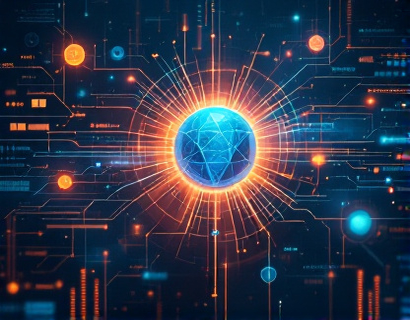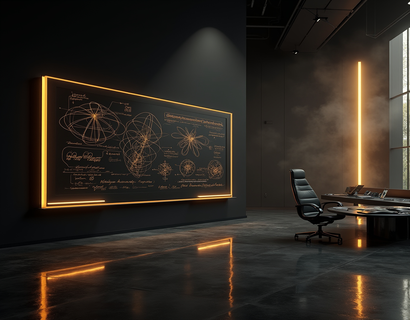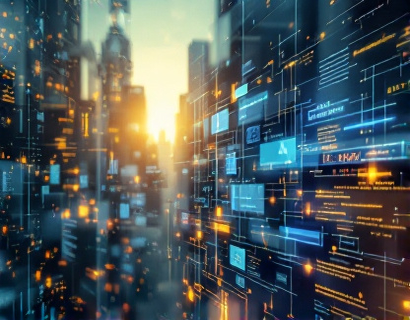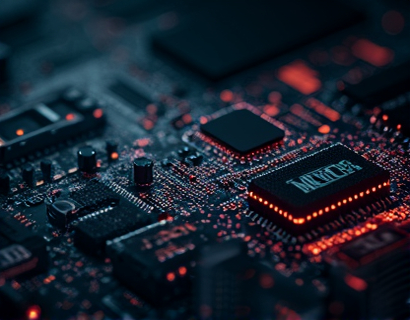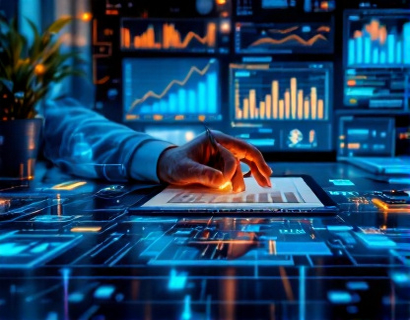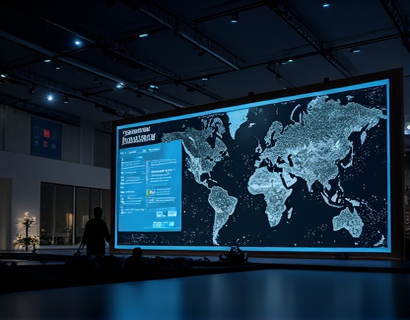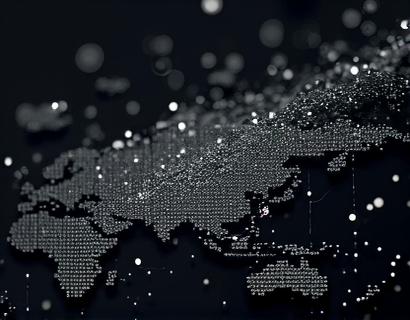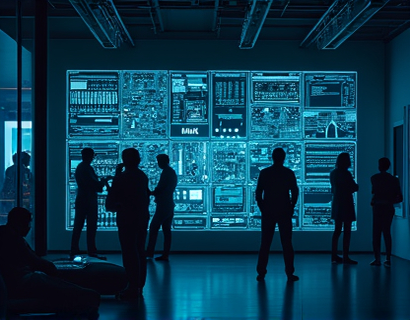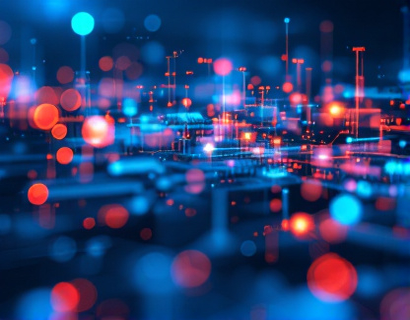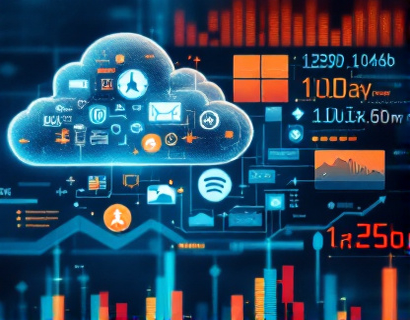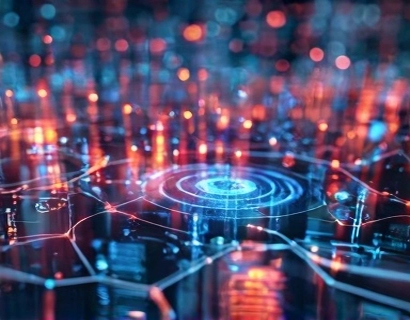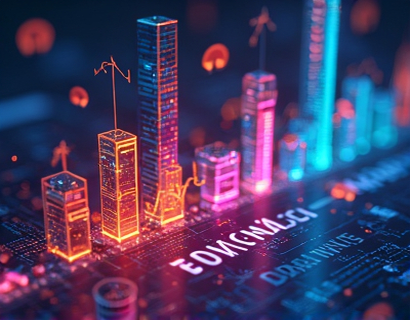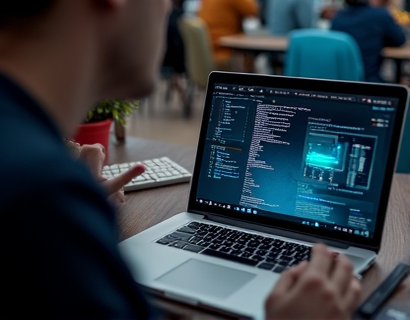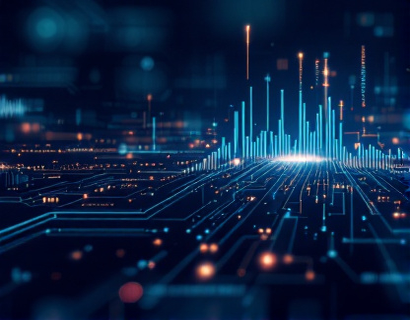Decentralized Productivity: Turbo-Charged with AI and Crypto Integration
The intersection of artificial intelligence and cryptocurrency is giving birth to a new era of decentralized productivity tools. These cutting-edge technologies, when combined, offer unprecedented efficiency and redefine the user experience. This article delves into how AI and crypto integration are revolutionizing workflows, making them faster, more secure, and highly personalized. For tech enthusiasts, AI aficionados, and professionals looking to harness the power of digital innovation, understanding this fusion is crucial.
The traditional centralized models of productivity tools are being challenged by decentralized alternatives. These new tools leverage blockchain technology to create transparent, secure, and user-controlled environments. The integration of AI enhances these systems by providing intelligent automation, predictive analytics, and personalized user experiences. Let's explore the key components and benefits of this transformative combination.
Decentralized Productivity Tools: A New Paradigm
Decentralized productivity tools operate on blockchain networks, eliminating the need for intermediaries. This decentralization ensures that data and control remain with the users, enhancing privacy and security. Blockchain's immutable ledger provides a tamper-proof record of transactions and actions, which is invaluable for collaborative work environments.
One of the most significant advantages of decentralized tools is their ability to foster true collaboration. Users can share and access data seamlessly, without worrying about centralized servers or data breaches. This peer-to-peer model not only improves efficiency but also builds trust among collaborators.
Enhanced Security and Privacy
Security is a paramount concern in any productivity tool. Decentralized systems, powered by blockchain, offer robust security features. Each transaction is encrypted and verified by multiple nodes in the network, making it extremely difficult for malicious actors to alter data. This decentralized verification process ensures that user data remains secure and private.
Moreover, users have full control over their data. They can choose what information to share and with whom, without relying on third-party services. This level of control is a significant shift from traditional centralized models where data is often exploited for commercial gain.
AI-Driven Intelligence
AI integration takes decentralized productivity to the next level by introducing intelligent automation and personalized experiences. Machine learning algorithms can analyze user behavior and preferences, adapting the tool to individual needs. This results in a more intuitive and efficient workflow.
For instance, AI can automate repetitive tasks, freeing up time for more critical activities. Predictive analytics can forecast project timelines and resource allocation, optimizing productivity. Smart contracts, another AI-enhanced feature, can execute tasks automatically when predefined conditions are met, ensuring that processes run smoothly and efficiently.
Real-World Applications and Use Cases
The potential applications of decentralized AI-powered productivity tools are vast and varied. In the corporate world, these tools can streamline project management, enhance team collaboration, and improve data security. For remote teams, decentralized platforms ensure that all members have equal access to information and tools, fostering a more inclusive and productive environment.
In the creative industry, artists and designers can use decentralized tools to collaborate on projects, share assets, and manage royalties transparently. The immutable nature of blockchain ensures that contributions are accurately recorded and compensated.
For freelancers and small businesses, these tools offer a cost-effective alternative to traditional software solutions. They can access powerful AI-driven features without the high costs associated with enterprise-level software. The decentralized nature also means they can operate independently, without being tied to a single provider.
Case Study: Decentralized Project Management
Consider a decentralized project management tool that uses blockchain for task tracking and AI for workflow optimization. Team members can assign tasks, set deadlines, and track progress all within a secure and transparent environment. AI algorithms analyze the project's progress and suggest optimizations, such as reallocating resources or adjusting timelines based on real-time data.
Smart contracts can automate payment processes, ensuring that contributors are paid promptly when their tasks are completed. This not only speeds up the workflow but also builds trust and accountability among team members. The decentralized ledger provides a clear and tamper-proof record of all transactions, eliminating disputes and misunderstandings.
Challenges and Considerations
While the potential of decentralized AI-powered productivity tools is immense, there are challenges to consider. One of the primary hurdles is user adoption. Many professionals are still unfamiliar with blockchain and AI technologies, which can slow down the transition to decentralized solutions.
Another challenge is the technical complexity involved in developing and maintaining these systems. Developers need to have a deep understanding of both blockchain and AI to create robust and user-friendly tools. However, as the ecosystem grows, more resources and expertise will become available, making it easier for developers to enter this space.
Scalability is also a concern. Current blockchain networks can face performance issues when handling a large number of transactions. However, ongoing developments in blockchain technology, such as layer 2 solutions and more efficient consensus mechanisms, are addressing these scalability issues.
Future Outlook
The future of decentralized productivity tools is bright, with continuous advancements in both AI and blockchain technologies. As more organizations and individuals adopt these tools, the ecosystem will grow, leading to more innovative applications and better user experiences.
We can expect to see more integration of AI features, such as natural language processing and computer vision, enhancing the capabilities of decentralized tools. The combination of AI and decentralization will continue to push the boundaries of what is possible in productivity and collaboration.
For those ready to embrace the future, decentralized AI-powered productivity tools offer a compelling alternative to traditional solutions. By leveraging the strengths of both technologies, users can achieve higher levels of efficiency, security, and personalization in their workflows.





